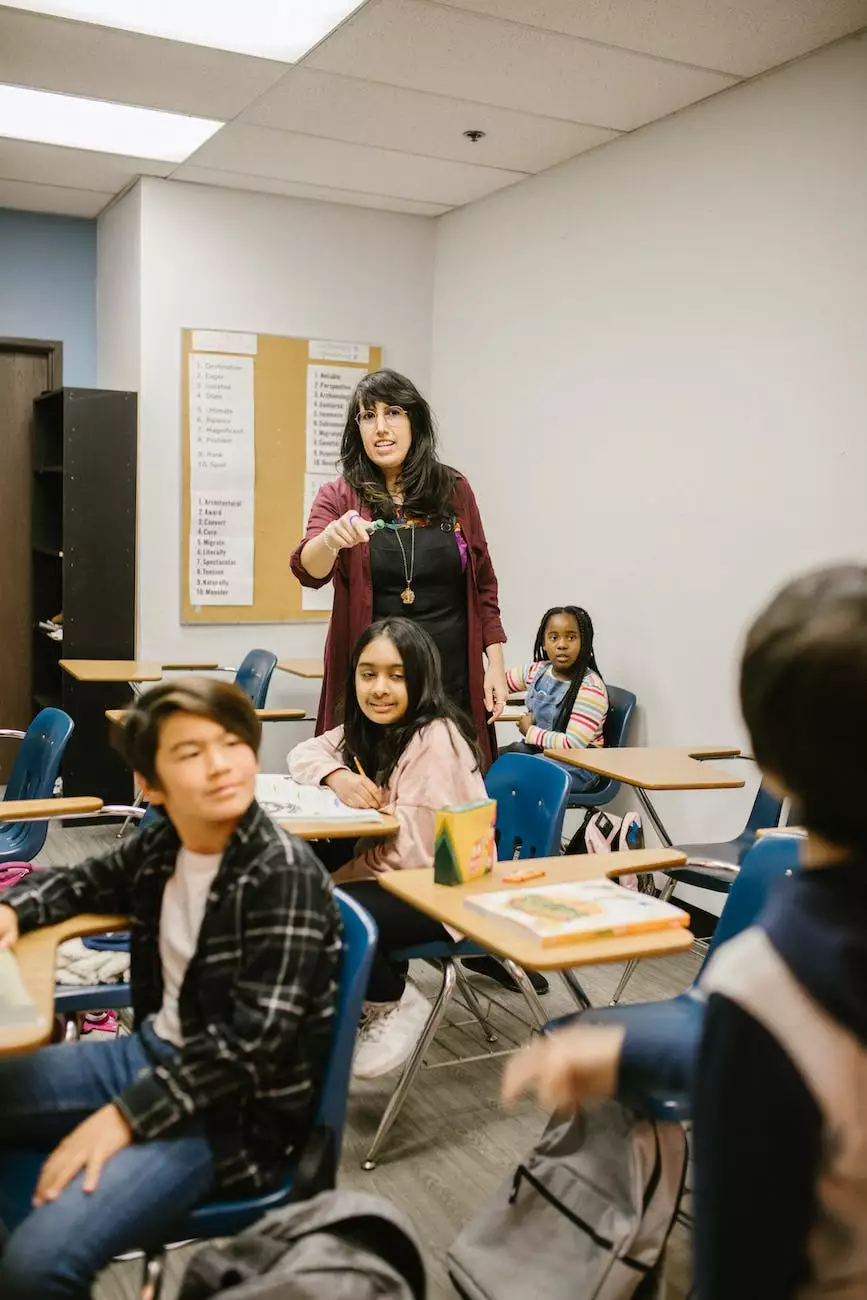What can CCSD teachers do to break up fights?
School Violence
Introduction
Welcome to Nevada Business Chronicles, where we provide insightful articles on various topics, including education. In this article, we will discuss effective strategies for Clark County School District (CCSD) teachers to handle and break up fights among students. As a teacher, maintaining a safe and conducive learning environment is crucial for student success.
The Importance of Conflict Resolution
Conflict is a natural part of human interaction, and schools are no exception. It is essential for CCSD teachers to acknowledge the significance of conflict resolution and equip themselves with the necessary skills to deescalate and prevent fights.
Understanding the Causes
Before diving into the strategies to break up fights, let's explore some common causes of conflicts among students:
- Personal disputes and misunderstandings
- Bullying or harassment
- Tension stemming from academic pressures
- Social cliques and peer dynamics
- External influences, such as family issues or community conflicts
Creating an Inclusive and Supportive Classroom Culture
To prevent fights, it's crucial for CCSD teachers to foster a classroom culture that promotes inclusivity, respect, and open communication:
- Establish clear expectations and rules
- Promote empathy and understanding
- Encourage students to express themselves in constructive ways
- Provide support and resources for students experiencing difficulties
- Offer conflict resolution training and workshops
Effective Strategies for Break Up Fights
1. Stay Calm and Assess the Situation
When encountering a fight, it's essential for CCSD teachers to remain calm and assess the situation before intervening. Ensure your safety, the safety of other students, and consider the severity of the conflict.
2. Call for Backup
If the situation requires immediate help, don't hesitate to call for assistance from nearby staff members or security personnel. Remember, safety should be the top priority.
3. Use Verbal Deescalation Techniques
Attempt to defuse the situation using verbal deescalation techniques. Speak calmly, address the students by their names, and actively listen to their concerns. Show empathy and let them know that their issues will be addressed appropriately.
4. Physical Separation and Intervention
If the conflict persists and poses a risk to students' safety, physically separate the individuals involved in the fight. However, it's important to remember that physical intervention should be used as a last resort and in accordance with CCSD policies.
5. Document and Report
After resolving the fight, document the incident and report it to the appropriate school administrators. Maintaining detailed records helps to identify recurring patterns, implement targeted interventions, and provide necessary support to the students involved.
Conclusion
Breaking up fights and managing conflicts is a challenging but crucial aspect of being a CCSD teacher. By implementing the strategies and fostering a positive classroom environment, teachers can create a safer and more inclusive learning environment for their students. Remember, conflict resolution skills go beyond school and benefit students throughout their lives.
At Nevada Business Chronicles, we understand the importance of quality education. We aim to provide valuable resources and insights on a wide range of topics to help educators, students, and the community thrive. Stay tuned for more informative articles!




